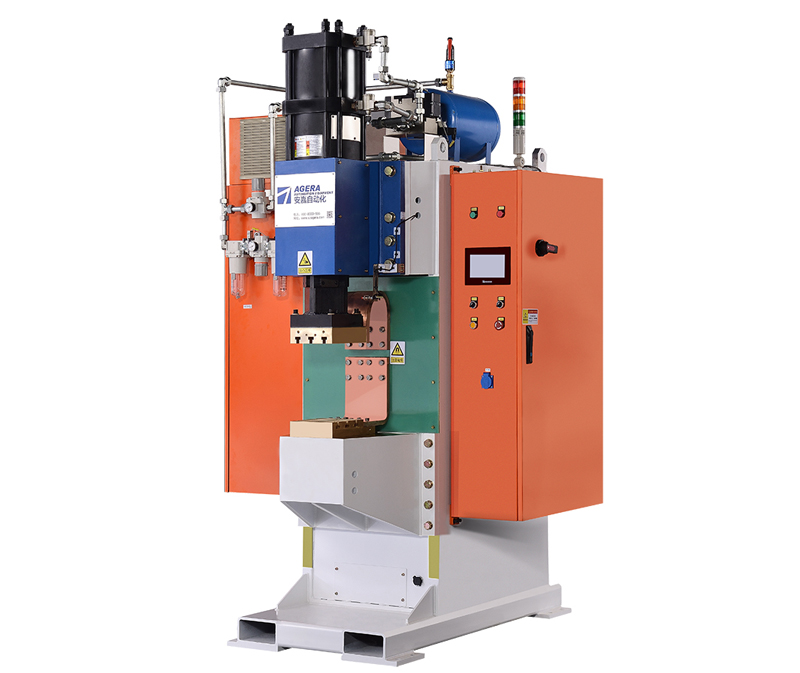Control Modes of Capacitor Discharge Spot Welding Machines
Capacitor Discharge (CD) spot welding machines utilize various control modes to regulate the welding process and ensure optimal weld quality. These control modes play a critical role in achieving consistent and reliable weld results. This article explores the different control modes employed in CD spot welding machines and their significance in achieving precise and efficient welds.
- Time-based Control Mode: In this mode, the welding process is controlled based on a preset time duration. The energy discharge from the capacitor is allowed to flow through the workpieces and electrodes for a specific period. This mode is suitable for applications where the weld quality is dependent on the time of energy application.
- Energy-based Control Mode: Energy-based control focuses on delivering a specific amount of energy to the weld joint. The machine adjusts the energy discharge to ensure consistent weld quality, regardless of variations in workpiece thickness or material conductivity. This mode is particularly useful for achieving uniform welds in diverse material combinations.
- Voltage-based Control Mode: Voltage-based control measures the voltage drop across the weld joint during the discharge process. By maintaining a specific voltage level, the machine ensures consistent energy delivery and, consequently, uniform weld penetration. This mode is effective in overcoming material variations and achieving desired weld depths.
- Current-based Control Mode: Current-based control involves monitoring and controlling the welding current flowing through the workpieces. By regulating the current level, the machine maintains consistent heat generation and weld nugget formation. This mode is suitable for applications where weld strength and nugget size are critical factors.
- Closed-loop Feedback Control Mode: Closed-loop feedback control integrates real-time monitoring with continuous adjustment. Sensors collect data on variables like current, voltage, or energy, and the machine adjusts parameters to maintain the desired weld characteristics. This mode offers precise control and adaptability to changing welding conditions.
Significance of Control Modes: The choice of control mode depends on the specific welding requirements and the desired outcome. Each mode has its advantages in addressing different challenges:
- Consistency: Control modes ensure consistent energy delivery, preventing defects caused by irregularities in materials or joint geometries.
- Precision: Proper control mode selection guarantees precise control over weld parameters, achieving the desired weld depth, nugget size, and strength.
- Adaptability: Some control modes offer adaptability to variations in material properties, ensuring reliable welds across different applications.
- Efficiency: By optimizing energy usage, control modes contribute to efficient welding processes, reducing energy consumption and cycle times.
Control modes are fundamental in achieving the desired welding outcomes in Capacitor Discharge spot welding machines. Manufacturers and operators must understand the characteristics of each control mode and select the most suitable one based on the material, joint geometry, and weld quality requirements. A well-chosen control mode contributes to consistent, high-quality welds, ensuring the performance and reliability of welded components across various industries.
